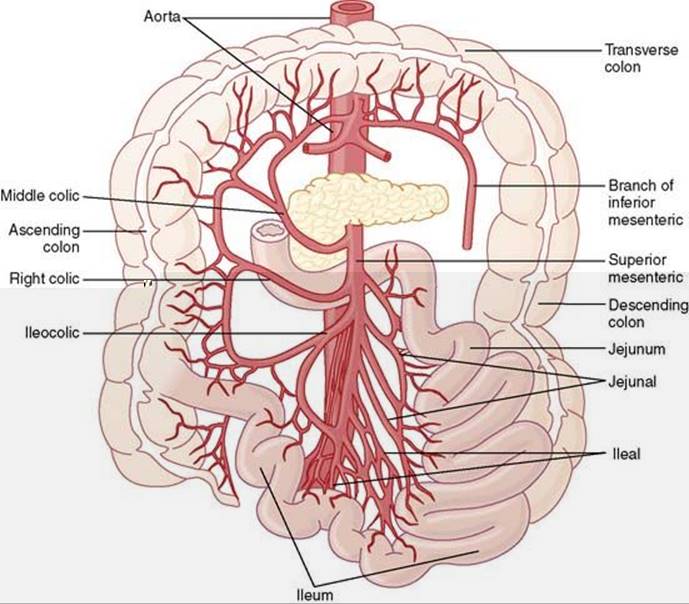The Blood Vessel That Carries Blood From Gut To The Liver | Is a major blood vessel that drains blood from important body organs and parts, such as the brain, face, and neck. Wider lumen than arteries, with very little elastic or muscle tissue. The heart is a large, muscular organ that pumps blood filled with oxygen and nutrients through the blood vessels to the body tissues. Arteries carry oxygen rich blood away from the heart and eventually merge into smaller vessels called arterioles. But i think the answer should be hepatic vein, because the liver produces urea and other waste materials and then it pours it all in the right ventricle of the heart for.
First the blood enters microscopic vein branches called venules. Blood vessels are tiny tubes inside your body that carry blood around your body. B is the right answer. They also take waste and carbon dioxide away from the tissues. The hepatic vein carries deoxygenated blood out of the liver.

The blood vessels are the components of the circulatory system that transport blood throughout the human body. Take blood back to the heart under low pressure. The blood vessel which carries blood from the alimentary canal to the liver is the : Is a major blood vessel that drains blood from important body organs and parts, such as the brain, face, and neck. Blood vessels are tiny tubes inside your body that carry blood around your body. Arteries begin with the aorta, the large artery leaving the heart. Veins contain valves to stop the blood flowing backwards. Veins carry blood back toward the heart. The venules then merge into veins, which carries the blood back to the heart. The hepatic vein carries deoxygenated blood out of the liver. Pulmonary veins return blood from the lungs to the heart, and a hepatic vein returns blood from the liver. However, the precise mechanisms behind this are unclear. Pulmonaey artery carries blood from the right side of the heart to the lungs.
The stool and blood samples provided the researchers with information about each person's microbiome diversity. Which row describes the level of glucose in blood vessel p and the level of glycogen in the liver, shortly after a meal containing carbohydrates? Arteries carry oxygen rich blood away from the heart and eventually merge into smaller vessels called arterioles. It circulates blood throughout the body. Insulin stimulates the liver cells to convert glucose into the storage compound glycogen.

Insulin stimulates the liver cells to convert glucose into the storage compound glycogen. Is a major blood vessel that drains blood from important body organs and parts, such as the brain, face, and neck. 3 how do the blood vessels interact with other parts of the body? Always carry deoxygenated blood, except for the pulmonary vein. The blood vessels are the components of the circulatory system that transport blood throughout the human body. Veins contain valves to stop the blood flowing backwards. Arteries transport blood away from the heart. Mechanically the blood vessels, especially those near the skin, play a key role in thermoregulation. Take blood back to the heart under low pressure. They also take waste and carbon dioxide away from the tissues. Symptoms can include headaches, visual disturbances. These vessels transport blood cells, nutrients, and oxygen to the tissues of the body. Veins carry blood back toward the heart.
How cardiac activity is regulated? Arteries carry oxygen rich blood away from the heart and eventually merge into smaller vessels called arterioles. Blood is transported in arteries, veins and capillaries. Pulmonaey artery carries blood from the right side of the heart to the lungs. Carry blood under high pressure.

They branch several times, becoming smaller and smaller as they carry the strong muscular walls contract (squeeze), pumping blood to the arteries. The hepatic vein carries deoxygenated blood out of the liver. Blood vessels can swell to allow greater. Take blood back to the heart under low pressure. Very thin blood vessels found in the middle of tissue and organs. Sixty thousand miles of blood vessels transport the blood, enough to encircle earth more than twice. Blood is transported in arteries, veins and capillaries. Blood vessels flow blood throughout the body. It circulates blood throughout the body. This oxygenated blood is carried from the lungs in the pulmonary vein to the left atrium of the heart. However, the precise mechanisms behind this are unclear. They also take waste and carbon dioxide away from the tissues. Wider lumen than arteries, with very little elastic or muscle tissue.
The Blood Vessel That Carries Blood From Gut To The Liver: It carries oxygen and nutrients to your body's tissues.